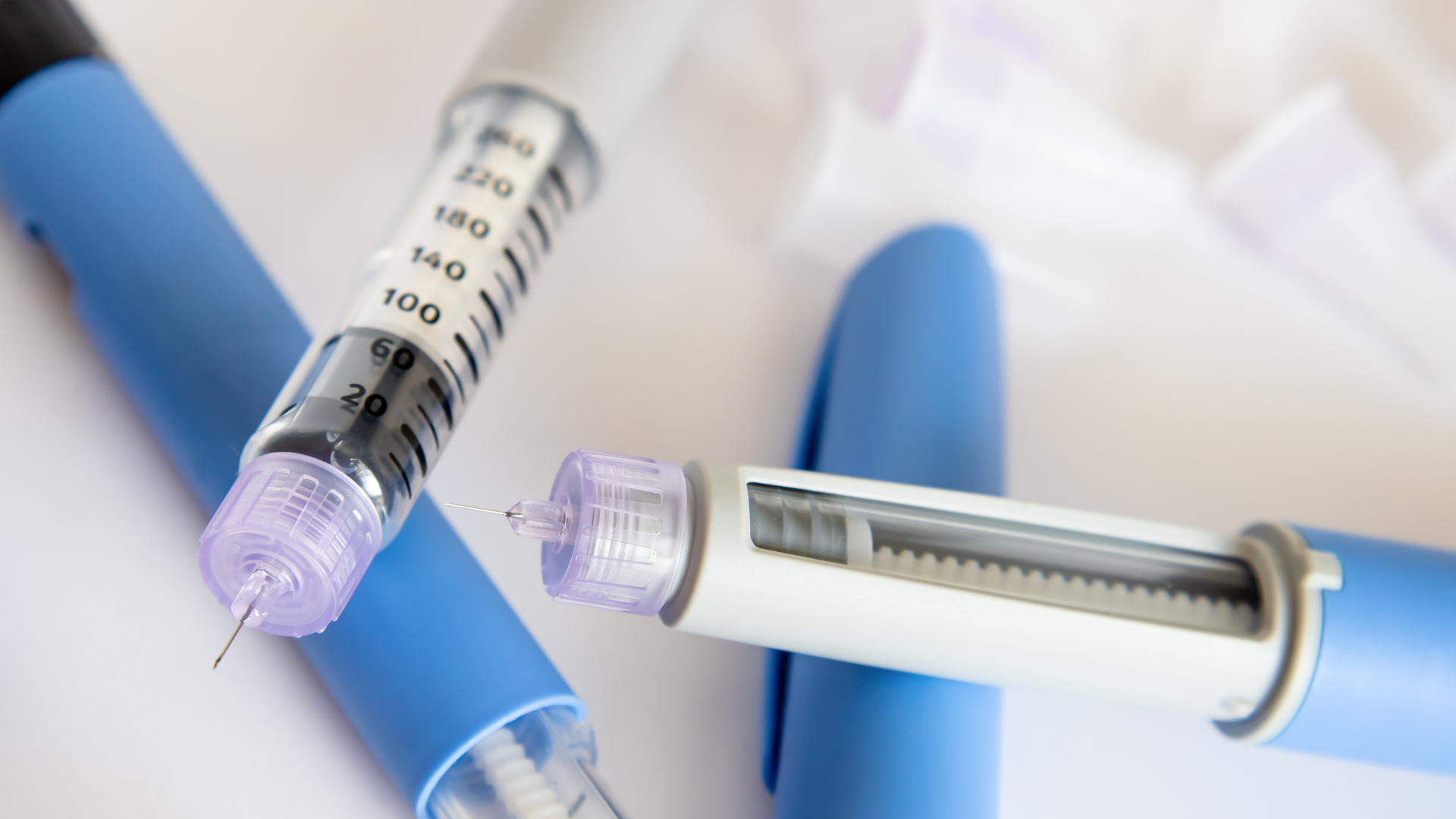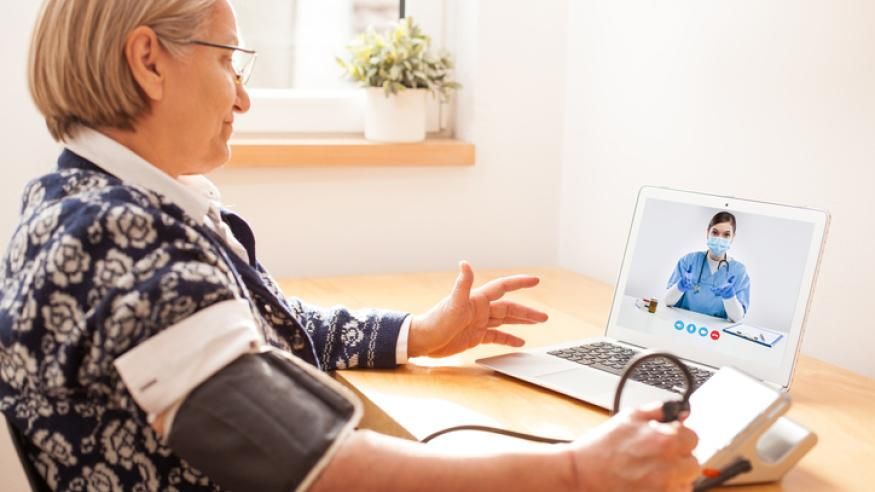Medicare Terms to Know

Understanding Insurance
Medicare Terms to Know
Source: Bankers Life
As you approach your 65th birthday and begin researching your Medicare options, you may quickly become overwhelmed by the sheer amount of information out there and by its complex language. It’s all too easy for Medicare information to sound like a foreign language!
According to the National Poll on Healthy Aging, one in five pre-Medicare adults ages 50 to 60 are only “slightly confident or not confident at all” when it comes to their ability to understand health insurance terminology. But with over 28 million people enrolled in a Medicare Advantage plan in 2022, you need to understand your options.
How can you make important decisions about your Medicare choices if you don’t understand what you’re reading? The answer: Boost your Medicare knowledge!
To help, we’re sharing a glossary of important Medicare terminology you need to know. Once you get a good grasp of these Medicare terms, you’ll be able to gain more confidence when it comes to making important decisions about your Medicare options.
1. Coinsurance
Coinsurance is the percentage of a medical bill that you’ll pay after you exceed your deductible for the year. Your coinsurance applies to any services that are covered by your health insurance plan.
For example, after meeting your deductible, your insurance might pay 80% of a given medical expense while you pay the additional 20%.
2. Copayment
Your copayment or copay is a set amount you pay to the hospital, doctor, or pharmacy at the time you use their service. The amount of your Medicare copay will vary depending on the coverage you have, the services you receive, and the providers you visit.
3. Deductible
A deductible is the amount you pay out of pocket each year before Medicare kicks in and begins to cover health care costs. For instance, with Medicare Part A, most people have a deductible of $1,600 for each time you’re admitted to the hospital per benefit period.
4. Enrollment
When you’re eligible to start receiving Medicare, you can enroll in coverage. You can either be automatically enrolled, or start the Medicare enrollment process, which begins three months before you turn 65 and end three months after you are eligible for Medicare.
Once enrolled in Medicare, you can change your Medicare health or prescription drug coverage for the following year during open enrollment, which takes place from October 15th to December 7th.
5. Foreign travel emergency
A foreign travel emergency is any required medical care you need while traveling abroad. It’s not covered by Medicare, but is offered as a benefit for certain Medicare Supplement insurance plans (which fill in the gaps of your primary Medicare plan).
6. Long-term care
Long-term care is assistance provided to people who are unable to perform the activities of daily living on their own for an extended period (such as home health or a nursing home). Medicare is not designed to cover long-term care. Paying for services out of pocket or purchasing a long-term care insurance plan are common ways of funding care costs.
7. Medicare Supplement
Medicare Supplement plans (also called Medigap) are provided by private insurance companies. These benefits help fill coverage gaps left by Medicare. Once you enroll in a Medigap plan, you can keep your plan for life, even if you develop a medical condition down the road.
Medigap plans are standardized plans sold by private insurance companies. You must be enrolled in Medicare Part A and Medicare Part B in order to enroll in Medicare Supplement insurance. While Medicare Supplement plans feature the same benefits no matter who you buy them from, remember that not all insurance companies are created equal.
Medigap plans have no provider networks or referral requirements. This makes Original Medicare paired with a Medigap plan a great option for retirees who like to travel or split their time between multiple places.
8. Medicare Parts
Medicare coverage is separated into four parts. Medicare Part A is hospital coverage, Medicare Part B is medical coverage, Medicare Part C is Medicare Advantage Plans, and Medicare Part D is prescription drug coverage.
9. Medicare Part A
Medicare Part A is the hospital insurance portion of your plan. It has benefits for inpatient hospital stays, inpatient skilled nursing facility care, home health services for part-time care, and hospice care. If you don’t buy Part A when you’re first eligible for Medicare (usually when you turn 65), you might have to pay a penalty.
10. Medicare Part B
Medicare Part B is the medical insurance portion of your plan. It includes benefits for doctors’ services, outpatient hospital services, medical services and supplies, home health services, and certain preventive care.
11. Medicare Part C (Medicare Advantage Plans)
Medicare Advantage plans are provided by private companies and offered as managed care plans. These health plans may have provider networks; may require specialist referrals; usually charge copays for services; and may offer additional coverage benefits. Keep in mind that Medicare Part C members cannot purchase Medigap plans.
12. Medicare Part D
Medicare Part D is prescription drug coverage that provides savings on the most widely used prescription drugs, covers both brand-name and generic medications, and is accepted by pharmacies. You must enroll to receive Part D benefits.
13. Premium
Your premium is the monthly cost for health care coverage or insurance. For most people, your Part A premium will be $0. This is because you or your spouse paid Medicare taxes for at least 10 years while working. If you get Medicare earlier than age 65, you won’t pay a Part A premium.
Part B premiums are around $165 or higher (depending on your income) each month. For Part C, Part D, and Medicare Supplement plans, the monthly premium you’ll pay varies according to the plan, and can change each year.
Here to help
We hope our Medicare terminology glossary helps you gain more confidence when it comes to making important decisions about your Medicare coverage. Our agents are happy to help answer any Medigap questions you have. Click here to speak with somebody today.
Healthy Bites















